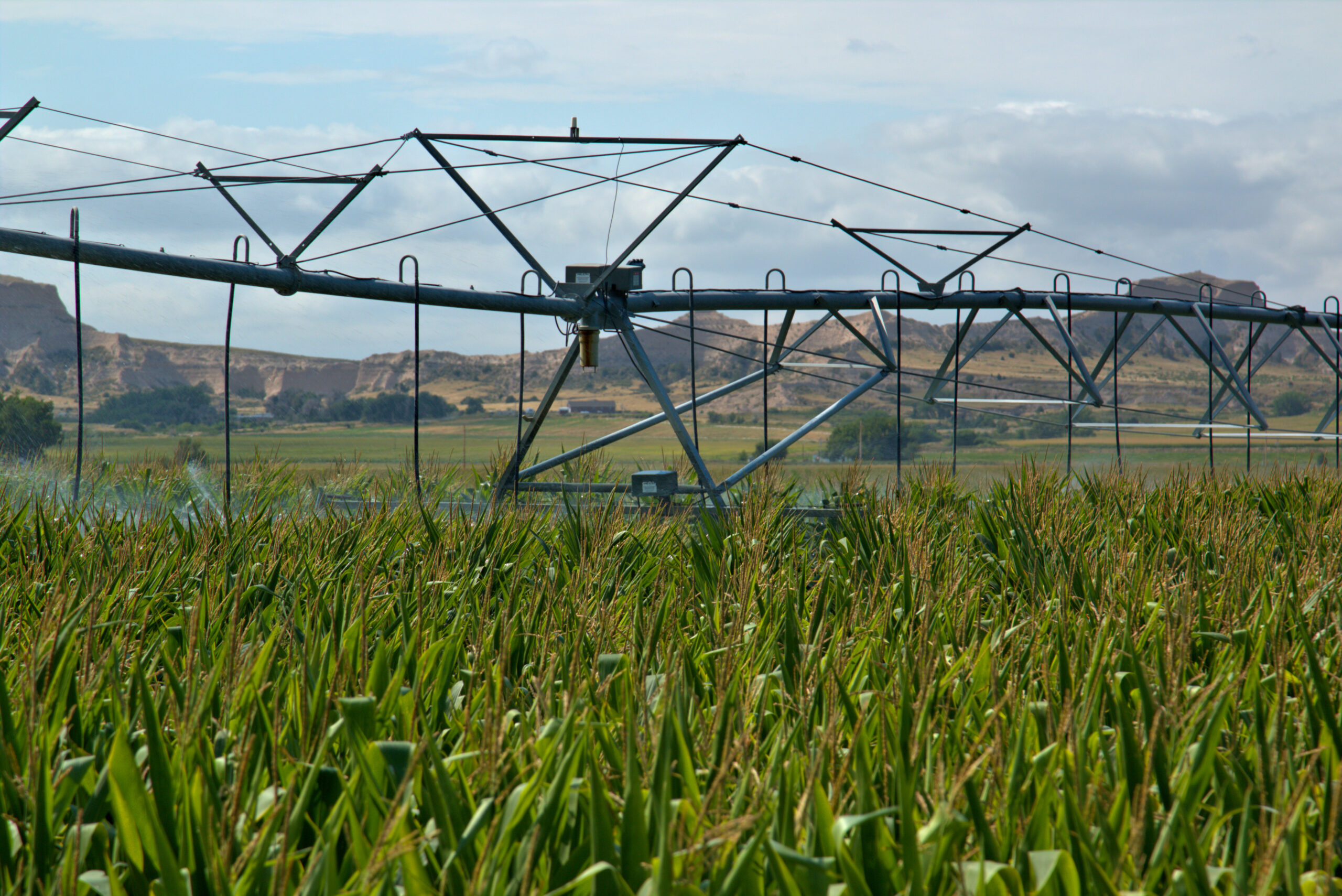When I first got started in aviation maintenance, the alphabet soup of certifications—A&P, IA, FCC, ATP—felt overwhelming. It seemed like everyone had a different opinion on which ones really mattered and which were “nice to have.” But after years of turning wrenches, leading teams, and mentoring new techs, I’ve seen firsthand how the right certifications can open doors and shape a career.
Whether you’re just starting out or looking to level up, understanding which FAA certifications make the biggest impact is key to building a long-term future in aviation.
A&P: The Foundation of It All
Let’s start with the big one—your A&P certificate, which stands for Airframe and Powerplant. If you’re serious about working on aircraft in the U.S., this is your golden ticket. With an A&P, you’re authorized to inspect, maintain, and sign off on the airworthiness of aircraft and components. It’s what separates hobbyists from licensed professionals.
Earning your A&P isn’t easy. It requires either 1,900 hours at a certified aviation maintenance school or 30 months of practical experience working on aircraft under supervision. Then you have to pass a set of written, oral, and practical exams.
But once you have it? Game changer. It opens up opportunities in commercial aviation, general aviation, manufacturing, and even government work. I often tell new techs: if you’re going to invest in one credential, make it your A&P. Everything else builds on that.
IA: Taking It to the Next Level
After a few years in the field, you might start thinking about Inspection Authorization, or IA. This one’s for seasoned mechanics who want more responsibility—and more earning potential.
An IA allows you to perform and approve major repairs and alterations, as well as annual inspections. It’s not a license to skip the basics—it actually demands more precision, more documentation, and deeper knowledge of regulations. But it also signals to employers and peers that you’ve got the experience and attention to detail that critical inspections require.
To apply, you need to have held your A&P for at least three years, have been actively engaged in aircraft maintenance for the last two, and pass an FAA-administered IA exam. It’s definitely a commitment—but if you want to move into leadership roles, start your own business, or work independently, it’s worth every hour of prep.
FCC and Avionics Certs: Staying Competitive in a Digital World
Aircraft today aren’t just engines and hydraulics—they’re flying computers. That’s where electronics and communication certs come in. While not always required by the FAA, many employers love to see FCC licenses (like the General Radiotelephone Operator License) or certifications from groups like NCATT (National Center for Aerospace & Transportation Technologies).
These are especially valuable if you’re working in avionics, troubleshooting onboard communications, or maintaining navigation systems. Trust me, being the person on your team who understands the tech can fast-track you to promotions and special projects.
Manufacturer and Type-Specific Training
While FAA certifications get you in the door, OEM training—from companies like Boeing, Airbus, or Pratt & Whitney—can keep you moving up. These courses teach you the ins and outs of specific airframes or powerplants and often include simulator time or hands-on labs.
I’ve taken more than a few of these over the years, and they’ve paid off. Not just in terms of technical knowledge, but in making me a go-to resource for my team when a particular aircraft rolls into the hangar.
Employers value this kind of training because it means less downtime, fewer mistakes, and faster turnarounds. So if you get the chance to attend an OEM course? Take it.
Leadership and Specialized Training
As you grow in your career, you might find yourself leaning toward supervisory roles or wanting to specialize. That’s where certifications in Quality Assurance, Safety Management Systems (SMS), or human factors training can give you an edge.
While these might not come with FAA numbers stamped on them, they absolutely matter in real-world operations. I’ve seen mechanics with solid technical skills get passed over for leadership roles simply because they lacked training in these areas.
Remember—being a great technician is about more than just turning a wrench. It’s about communication, documentation, and making decisions that keep people safe.
Which Ones Matter Most?
Here’s the truth: It depends on where you want to go. If your goal is to be a top-tier technician with a long runway in commercial or general aviation, start with your A&P, then consider IA down the road. If you love the electrical side of things, FCC and avionics certs will boost your value. If leadership calls to you, don’t sleep on safety and QA training.
The important thing is to keep learning. Aviation is constantly evolving, and the people who thrive are the ones who evolve with it.
Climbing Higher, One Cert at a Time
When I think about the career I’ve built, I can trace so many turning points back to a decision to invest in myself—studying late, saving up for a course, or asking my boss for time off to pursue a new credential.
Each certification wasn’t just a piece of paper—it was a vote of confidence in my own future. And in this industry, that kind of confidence matters. It shows your team you’re serious. It shows employers you’re reliable. And most importantly, it shows you that you’re capable of more than you imagined.
So if you’re standing at the beginning of your journey, or you’re a few years in and wondering what’s next—look into your options. Do the research. Ask questions. Find mentors. And remember: the sky isn’t the limit—it’s just the beginning.
